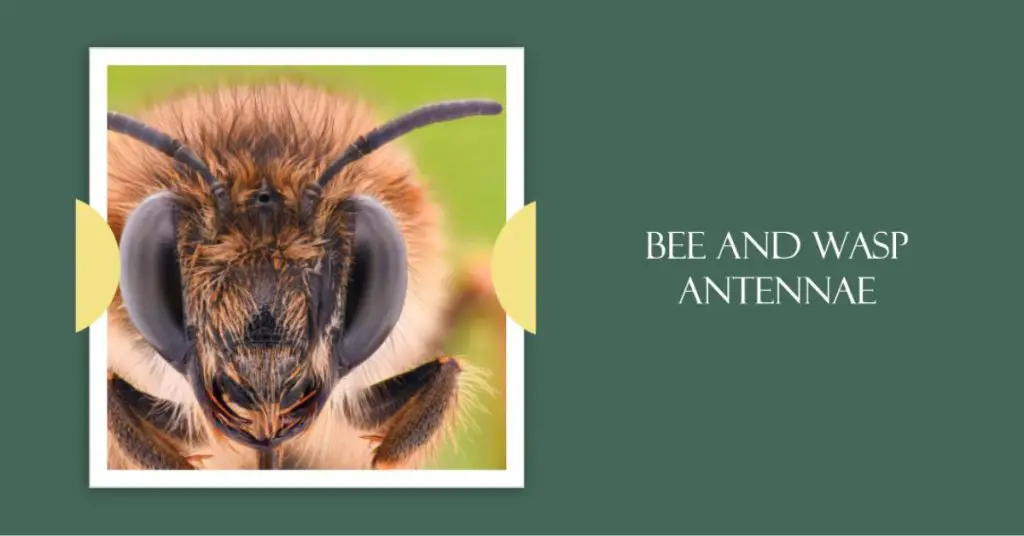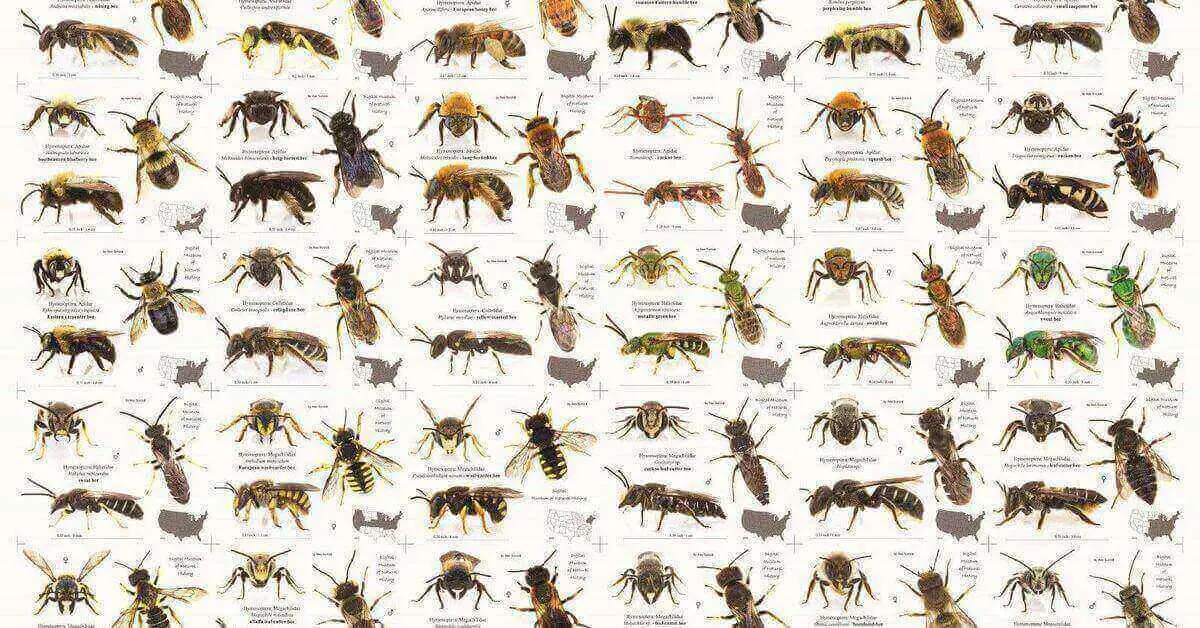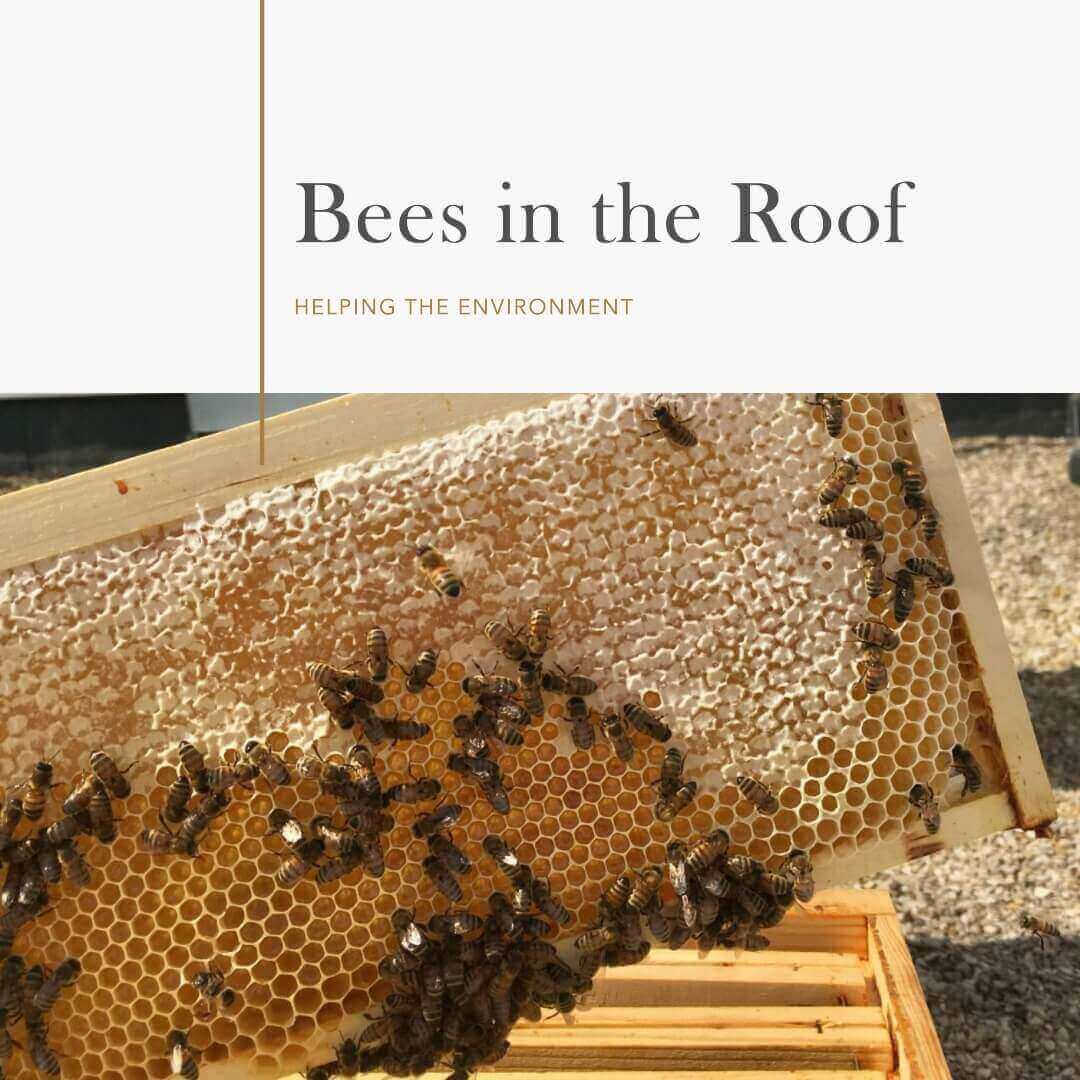Bees, known for their vital role in pollination and honey production, possess intricate antennae that play a crucial role in their daily activities. In this article, we will explore various aspects of bee antennae, including their types, functions, anatomy, and more. Join us on this journey of discovery into the remarkable world of bee antennae.
Types of Bee Antennae
Bees exhibit different types of antennae, each suited to their specific needs and roles within the colony. Let’s take a closer look at some common bee antenna types:
Filiform Antennae
Filiform antennae are slender, thread-like sensory organs found in various insect species. They play a crucial role in sensing the environment and are equipped with tiny hairs or sensilla that detect changes in air currents, temperature, and chemical signals. These antennas are actively involved in tasks such as navigation, locating food sources, and detecting potential threats. Their elongated and flexible structure allows for precise and sensitive movements, enabling insects to gather vital information about their surroundings. Filiform antennae are a distinctive feature of many insects, contributing significantly to their sensory capabilities and overall survival in their respective ecosystems.
Clavate Antennae
Clavate antennae are characterized by a distinct club-like structure at the end. These antennae are commonly seen in worker bees and play a crucial role in detecting floral scents, facilitating navigation, and locating food sources.
Serrate Antennae
Some species of bees have serrate antennae, which have serrations or teeth-like structures along the antenna segments, and researchers believe that these structures help in detecting vibrations and air movements.
Functions of Bees Antennae
The bee antennae serve a multitude of functions that are essential for their survival and efficient functioning within the hive. Here are some key functions performed by bee antennae:

Sensory Perception
Bee antennae are highly sensitive sensory organs capable of detecting a wide range of stimuli. They help bees perceive their environment by detecting vibrations, air movements, temperature changes, and humidity levels. Additionally, bee antennae are instrumental in recognizing and interpreting chemical signals, such as pheromones released by other bees.
Communication
Bees communicate with one another through a complex language of vibrations and chemical signals. The antennae play a crucial role in this communication process by receiving and deciphering these signals. By using their antennae, bees can convey important information about food sources, hive location, and potential threats.
Navigation
Bees rely on their antennae for navigation and orientation. The sensory inputs received by the antennae help bees maintain spatial awareness and navigate through complex environments. By sensing variations in air currents and polarized light, bees can accurately determine their position and find their way back to the hive.
Feeding and Foraging
The specialized structure of bee antennae, particularly the clavate type, assists in locating and identifying nectar-rich flowers. By detecting floral scents and discerning the quality of food sources, bees can optimize their foraging efforts and contribute to successful pollination.
Bee antenna facts
- Bee antennas are sensory organs located on the bee’s head.
- They consist of three main segments: the scape, pedicel, and flagellum.
- Bees have two antennas on their head, which are used for various sensory functions.
- The antennae are covered in tiny hairs called sensilla, which house sensory receptors.
- Bees use their antennae to detect odors, pheromones, and environmental cues.
- They also use their antennae to communicate with other bees through touch and vibration.
- Antennae play a crucial role in helping bees navigate and find food sources.
- Beekeepers often observe their bees’ antennae to gauge the health and behavior of the hive.
- Damaged or missing antennae can affect a bee’s ability to forage and interact with its colony.
- Overall, bee antennas are multifunctional sensory structures that are essential for a bee’s survival and social interactions.
Anatomy of Bee Antennae
To truly appreciate the functionality of bee antenna, it is essential to understand their intricate anatomy. Let’s explore the key components of bee antennae:
- Antenna Segments: Bee antennae consist of several segments connected by flexible joints, allowing for movement and flexibility. The number of segments can vary depending on the bee species, but most antennae possess a scape, pedicel, and flagellum.
- Sensory Receptors: The surface of bee antenna is covered with tiny sensory receptors known as sensilla. These sensilla detect different stimuli such as odors, humidity, temperature, and mechanical vibrations, enabling bees to gather essential information about their surroundings.
- Sensory Organs: Embedded within the antennae are various sensory organs that contribute to their remarkable functionality. These include Johnston’s organ, located at the base of the antennae, which detects sound and vibrations, and the olfactory receptor neurons responsible for detecting chemical signals.
Related Posts:
Bee vs Wasp Antennae

While both bees and wasps belong to the Hymenoptera order, there are notable differences in their antennae. Wasps have similar antenna types to bees but may exhibit variations in structure and function. However, it is important to note that the primary focus of this article is on bees antennae.
Importance of Bee Antennae
The antennae of bees are of utmost importance to their survival and overall well-being. These remarkable sensory organs allow bees to navigate, communicate, and locate vital resources such as food and suitable nesting sites. Furthermore, bee antennae play a significant role in maintaining the social structure within the hive, ensuring the efficient functioning of the colony.
Can Bees Survive with One Antenna?
Bees rely heavily on their antennae for vital sensory inputs and communication. While a bee may survive with one antenna, it would likely face challenges in performing essential tasks. The loss of an antenna can disrupt the bee’s ability to navigate accurately, communicate effectively, and locate food sources efficiently. Therefore, the intactness of both antennae is crucial for a bee’s optimal functioning.
Conclusion
Bee antennae are extraordinary sensory organs that contribute to the survival and success of these incredible insects. From their various types and functions to their intricate anatomy and importance within the hive, bee antennae play a pivotal role in the daily lives of bees. By understanding and appreciating the remarkable capabilities of bee antenna, we gain deeper insight into the complex world of these invaluable pollinators.




